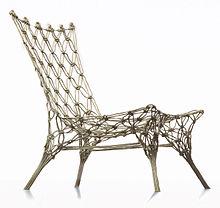
Jasper Morrison is an English product and furniture designer. He is known for the refinement and apparent simplicity of his designs. In a rare interview with the designer, he is quoted as saying: "Objects should never shout."

The Compasso d'Oro is an industrial design award originated in Italy in 1954. Initially sponsored by the La Rinascente, a Milanese department store, the award has been organised and managed by the Associazione per il Disegno Industriale (ADI) since 1964. The Compasso d'Oro is the first, and among the most recognized and respected design awards. It aims to acknowledge and promote quality in its field in Italy and internationally, and has been called both the "Nobel" and the "Oscar" of design.

Alessandro Mendini was an Italian designer and architect. He played an important part in the development of Italian, Postmodern, and Radical design. He also worked, aside from his artistic career, for Casabella, Modo and Domus magazines.
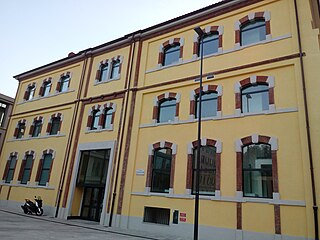
Associazione per il Disegno Industriale 'Industrial Design Association' (ADI), is an Italian professional organisation of about 1,100 architects, designers, manufacturers, trade journalists, academics, and design universities. Its primary purpose is the promotion of good design in Italy and abroad. The ADI is responsible for the administration of the Compasso d'Oro design awards and an associated museum.

Achille Castiglioni was an Italian architect and designer of furniture, lighting, radiograms and other objects. As a professor of design, he advised his students "If you are not curious, forget it. If you are not interested in others, what they do and how they act, then being a designer is not the right job for you."
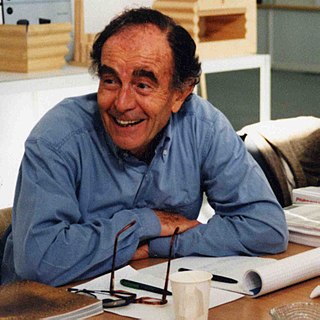
Vico Magistretti was an Italian architect who was also active as an industrial designer, furniture designer, and academic. As a collaborator of humanist architect Ernesto Nathan Rogers, one of Magistretti's first projects was the "poetic" round church in the experimental Milan neighbourhood of QT8. He later designed mass-produced appliances, lighting, and furniture for companies such as Cassina S.p.A., Artemide, and Oluce. These designs won several awards, including the Compasso d'Oro and the Minerva Medal of the Chartered Society of Industrial Artists & Designers in 1986.

Richard Sapper was a German industrial designer who was based in Milan for much of his career. He is considered to be one of the most influential figures of post-war Italian design. His products typically feature a combination of technical innovation, simplicity of form, and an element of wit and surprise.
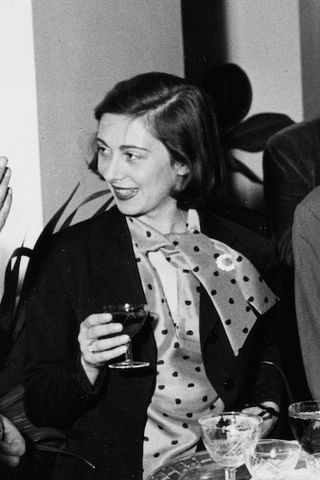
Maria Cristina Mariani Dameno, known as Cini Boeri, was an Italian architect and designer. She was considered "one of the great pioneering women in Italian design and architecture", who was described as a "formidable architect and designer, paragon of Milanese elegance and verve."
James Irvine was a British industrial designer who created furniture and product designs for many well known companies and brands such as Artemide, B&B Italia, Cappellini, Foscarini, Ikea, Magis, Muji, Thonet, and WMF. He once described the product designer's job as “the work of an unknown hero.”

Angelo Mangiarotti was an Italian architect and industrial designer. His designs were mostly for industrial buildings and railway stations. In 1994 he received the Compasso d'Oro award of the Associazione per il Disegno Industriale for his lifetime of achievement.
Ronan & Erwan Bouroullec are brothers noted for their design work, which has been featured in publications and museums globally — and spans a wide range from tables and chairs to tableware, rugs, textile walls, office furniture, ceramics, art objects and urban projects.
Roberto Pezzetta is an Italian artist and industrial designer.
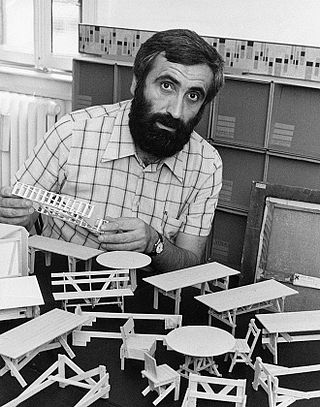
Enzo Mari was an Italian modernist artist and furniture designer who is known to have influenced many generations of industrial designers.
Piero Lissoni is an Italian architect, art director and designer. For over thirty years, he has developed projects the world over in the fields of architecture, landscape and interior, as well as in product and graphic design. He is also art director for Alpi, B&B Italia, Boffi, Living Divani, Lema, Lualdi, Porro and Sanlorenzo.
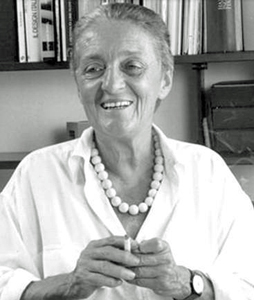
Anna Castelli Ferrieri was an Italian architect and industrial designer. She is most known for her influence in the use of plastics as a mainstream design material and her cofounding of Kartell, an Italian contemporary furniture company.

Vito Noto is a born Italian, naturalized Swiss industrial designer.
Michele de Lucchi is an Italian architect and designer.
Studio Alchimia was a post-radical avant-garde group founded in Milan in 1976 by Alessandro Guerriero and his sister Adriana with the stated mission of "materializing a non-existent thing into being."

Zanotta is an Italian furniture company particularly known for the iconic pieces of Italian design it produced in the 1960s, 70s, and 80s. These include the "Sacco" bean bag chair and "Blow", the first mass-produced inflatable chair. The company was founded in 1954 and has its main plant in Nova Milanese. In 1984 Zanotta established its experimental division, Zabro, headed by Alessandro Guerriero, with Alessandro Mendini and Stefano Casciani. Since the death of its founder, Aurelio Zanotta, in 1991, it has been run by members of his family. Zanotta's products were awarded the Compasso d'Oro in 1967, 1979, 1987 and 2020.
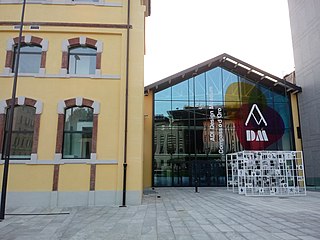
The ADI Design Museum is a museum in Milan, Italy, which houses the historical collection of the ADI Compasso d'Oro Foundation, as well as temporary exhibitions, public talks and initiatives. It is dedicated to the understanding and promotion of design in Italy and abroad.

